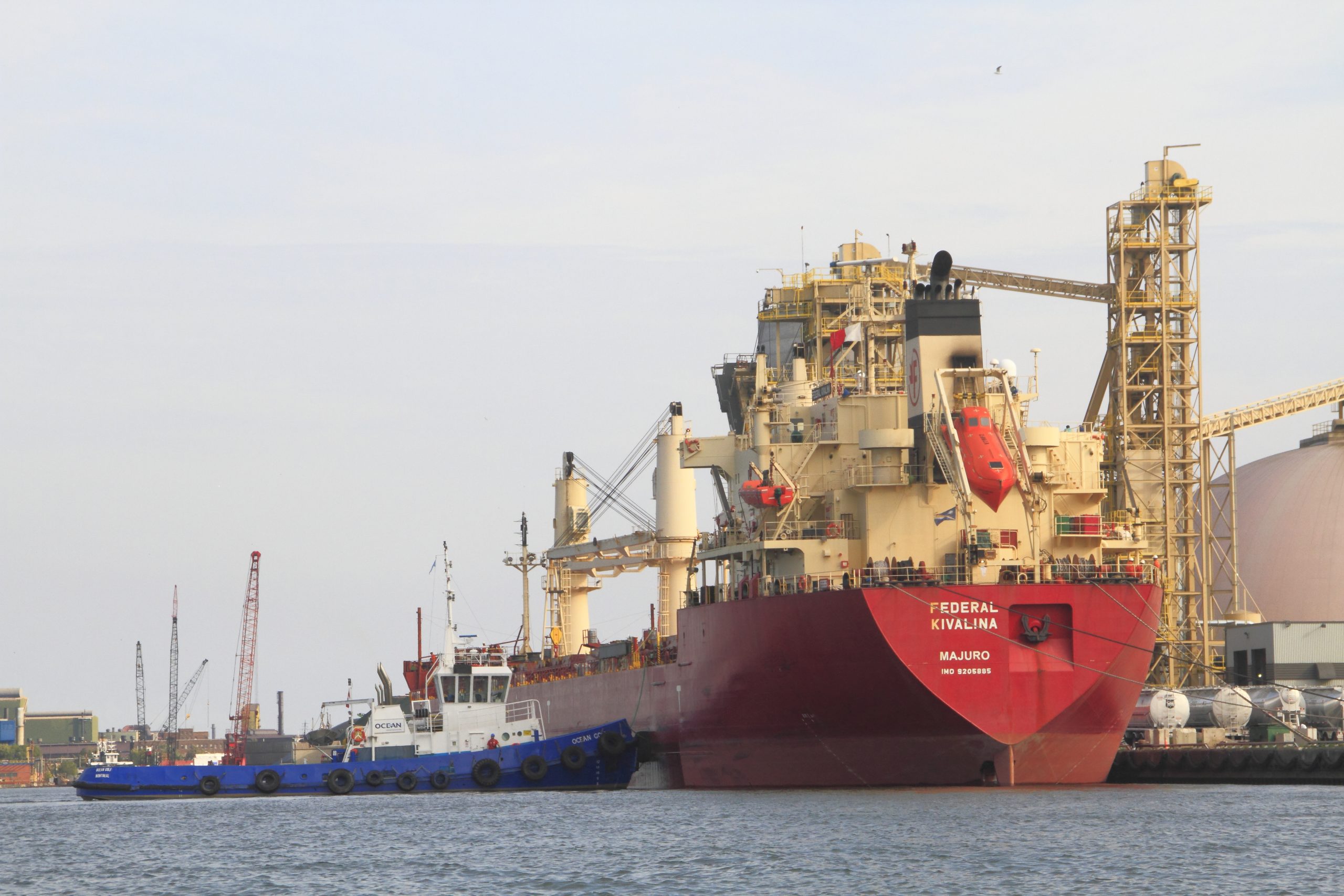The Ontario government today released The Future of the Great Lakes Economy: Ontario’s Marine Transportation Strategy, outlining actions the province will take to strengthen Ontario’s position as a leader in marine transportation. Part of the government’s plan to build Ontario, the strategy will create more jobs, trade and economic opportunities for the future.
“Linking to our railway and road networks, the marine sector plays a vital role in keeping goods, people and our economy moving every single day,” said Prabmeet Singh Sarkaria, Minister of Transportation. “As we continue to build a stronger Ontario, the new marine strategy is an exciting opportunity to grow the marine transportation industry, unlocking more good-paying jobs and attracting new investments to our rapidly growing province.”
The four-pillar strategy will serve as the foundation for building a strong and sustainable marine sector that will make Ontario a leading jurisdiction in the years to come. It outlines over 14 near and longer-term actions, including:
- Establishing the Ontario Marine Partnership and Development Office to oversee implementation of the strategy, be the key contact for industry stakeholders, and build awareness of Ontario’s marine sector priorities.
- Strengthening connections between marine and other modes of transportation to keep people moving and get goods to market faster.
- Working closely with public and private industry partners to attract and retain more workers in the sector, including providing new and expanded internship opportunities.
- Harnessing green, low-carbon emissions and alternative fuels technologies, that will support a more environmentally sustainable marine sector and transportation network.
This work builds on Ontario’s four regional transportation plans: the Greater Golden Horseshoe, Northern, Southwestern and Eastern Ontario plans. These plans were developed to address the unique transportation needs of Ontario’s rapidly growing population, including a commitment to improve the performance and sustainability of the marine sector.
“Over the last 18 months, we’ve heard from port owners, shipbuilders, Indigenous partners, local businesses, tourism boards and operators, and many others about the unique needs and opportunities of Ontario’s marine sector,” said Hardeep Singh Grewal, Parliamentary Assistant to the Minister of Transportation.
Enthusiastic marine industry response
“From ship operators, ports, shipyards, ferry operators and terminal operators, the entire marine sector is looking forward to continuing to work alongside the Ford government to create a world-class inland shipping asset across the Great Lakes, while fostering innovation and collaboration between the government and the Marine industry,” commented Steve Salmons, Chair, Ontario Marine Council.
“With the government’s commitment to an Ontario Marine Transportation Strategy, we now have the foundation to expand shipbuilding in Ontario, and support thousands of highly skilled, good paying jobs,” said Ted Kirkpatrick, Director of Business Development and Government Relations, Heddle Shipyards
Gregg Ruhl, President and CEO of Algoma Central Corporation, declared: “As the largest Canadian flagged marine carrier on the Great Lakes, with our head office in St. Catharines, this strategy demonstrates that as we navigate an increasingly competitive and regulated business environment, we have a committed partner in the Ontario government.”
“I commend the Government of Ontario for recognizing the potential that the marine shipping industry has with respect to growing the economy, strengthening supply chains, and enhancing the sustainability of the transportation sector,” said Bruce Burrows, President and CEO of the Chamber of Marine Commerce.
Also enthusiastic was the Association of Canadian Port Authorities, which stated: “Ontario’s ports play a key role as intermodal interface and as hubs for the energy transition. The Association of Canadian Port Authorities is pleased that industry input on the value of the marine system to sustainability, intermodal supply chain fluidity and optimized infrastructure was heard and is keen to work with the government on implementation and program development.”
Quick Facts
- Ontario is home to four of five Great Lakes and the St. Lawrence River, which includes 10,500 kilometres of shoreline. Ontario shares these waterways with its most important trading partner, the United States.
- Every year, the Great Lakes region generates more than 50 per cent of our cross-border trade with the United States, totalling $278 billion, while supporting 51 million jobs.
- The Great Lakes – St. Lawrence region accounts for 30 per cent of combined Canadian and U.S. economic activity and employment. If it were a country, it would have the world’s third largest GDP.
- In 2022, water transportation contributed $185 million to Ontario’s real gross domestic product (GDP) and supported 2,235 jobs. Ship and boat manufacturing generated $52.8 million in GDP and 935 jobs.
- Ontario’s marine sector moves up to 63 million tonnes of goods annually, providing cost-effective transportation of bulk cargo from port-to-port.
(Port of Hamilton photo)





